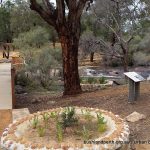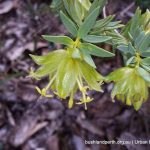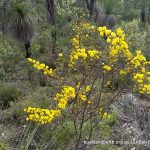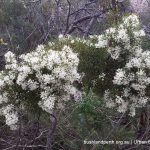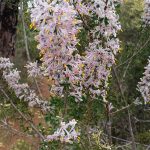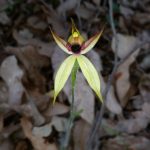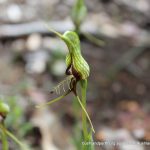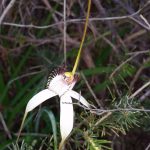John Forrest National Park
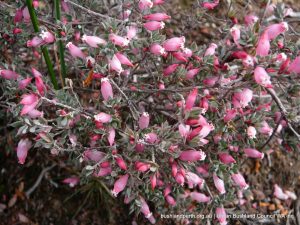
John Forrest National Park is one of Western australia’s oldest reserves, having been established in its earliest form in 1900. The park is located on the edge of the Darling Scarp, adjacent to the Great Eastern Highway, 25 km from the CBD of Perth and is accessed from the Great Eastern Highway.
Jane Brook flows through the centre of the park, and from vantage points, the edge of the Darling Scarp can be seen dropping away to the coastal plain.
Most of the park is laterite, but where streams have cut into the surface, rounded outcrops of granite or the more angular dolerite can be seen.
The Park is described in more detail here.
Vegetation
John Forrest National Park is set in jarrah forest still largely in its natural state. It is a Bush Forever site.
The uplands are dominated by jarrah and marri. The valley floor features flooded gum, swamp peppermint and paperbarks. On the valley slopes two smooth-barked trees, wandoo and powderbark, intersperse with jarrah and marri. Smaller trees include bull banksia, sheoak and snottygobble.
The woodlands and forests of the slopes and scarp edge contain a rich understorey with calothamnus, hakeas, grevilleas, dryandras, pimelias, myrtles, sundews, trigger plants, acacias, kangaroo paws and blue lechenaultia.
A common feature of the park is its granite outcrops fringed by heaths. As the soil becomes shallow, annuals and herbs abound, with sundews, orchids and resurrection plants growing through the moss swards.
Conservation Values
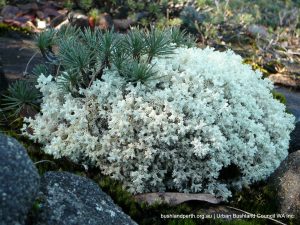
John Forrest National Park is very important for conservation and includes a range of flora and fauna where species are gazetted as threatened and where other species are limited in their distribution. The flora and fauna are representative of the ecological ecotone between the Swan Coastal Plain and the Darling Plateau.
Download the JFNP Flora and Fauna Guide.
Recreational Values
John Forrest National Park has significant cultural and recreation value to the community. It is an area rich in Aboriginal culture and also has significant heritage value for the State with relics associated with the east-west rail route including the tunnel, bridges, embankments and station remnants.
John Forrest National Park has many visitor faciliies and great walking opportunities abound; in particular the Eagle’s View Walk. Download the Park’s walk guide.
Sources of Information
The material presented here is largely sourced from the Department of Environment & Conservation’s Management Plan: John Forrest National Park 1994 – 2004. The Plan provides much greater detail than the brochure download available above.
Bush Forever Site Map (Download) Bush Forever Description (Download) Bush Forever Species List (Download)
The Friends of John Forrest National Park look after this place.

